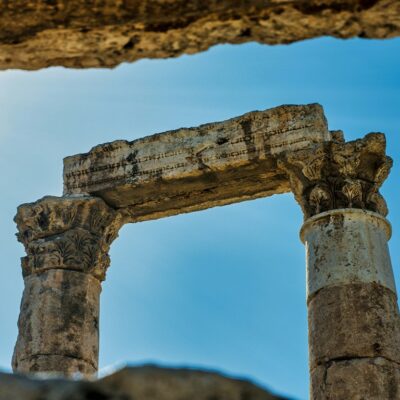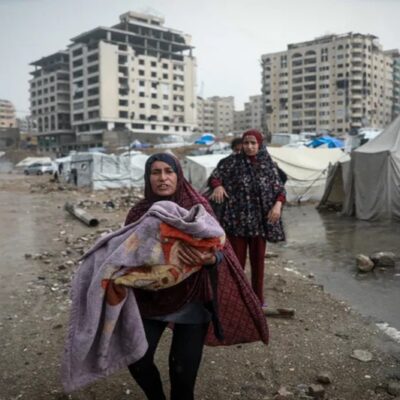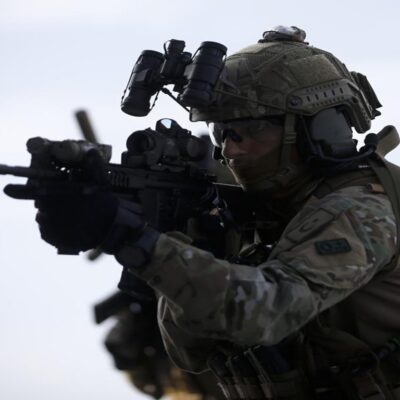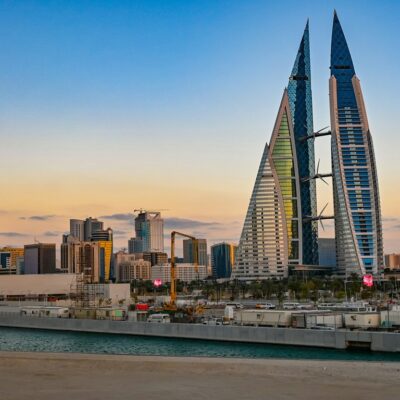What is behind the waves of migrants from Morocco to Spain

On Tuesday afternoon, the Spanish Prime Minister Pedro Sánchez cancels a trip to Paris, to fly to Ceuta, and speaks to the country. He uses serious, decisive tones. “I want to communicate to the Spaniards, especially those who live in Ceuta and Melilla, that we will restore order as soon as possible. We will stand firm in the face of any challenge. The integrity of Ceuta as part of the Spanish nation will be guaranteed by the government with all available means.”
The EU Commission also takes a stand. “We will not be intimidated by anyone, Europe will not be the victim of tactics,” said Vice President Margaritis Schinas. What happened? Eight thousand migrants stormed the barriers between Morocco and the Spanish enclave of Ceuta. Among them at least 1,500 minors. The coastal city, like its twin Melilla, is the last fragment of the empire on which the sun never set. A few square kilometers are annoying for Morocco, expensive for Spain, for those who try to leave Africa for access to the EU.
Spain has built walls 20 meters high, placed barbed wire, placed underwater barriers, and, usually, the collaboration of the Moroccan police is enough to prevent infiltration. Monday and not yesterday. Suddenly, as per order, thousands of migrants from Mali, Niger, Senegal, but also many Moroccans left to swim to get around the barriers that go into the sea for tens of meters. Many are inhabitants of the neighboring city who, since the closure of the Covid crossings a year ago, have lost their jobs in the enclaves. About eighty tried the same in Melilla too. About a hundred managed to enter Ceuta at dawn yesterday and disperse among the 80,000 Spaniards. Instead, most of them were stopped on the beach.
There were heart-breaking scenes and others more worthy. A few armored vehicles from Madrid arrived on the sand unloading soldiers in bulletproof vests, helmets, and truncheons. Some migrants were exhausted and were rescued. Among them a new born. The minors were separated. Most of them, however, were kept with their feet in the water to prevent them, even symbolically, from touching European soil. By the evening, less than half of the 8,000 had already been expelled to Morocco based on an agreement in force. Others, except minors, should be sent back today. During the night, a migrant drowned.
Yesterday’s wave comes at the height of a diplomatic crisis between Spain and Morocco that has lasted for months. King Mohamed VI’s ambassador to Madrid, Karima Benyaich, did not hide: “There are actions that have consequences.” You were referring to the presence in a Spanish hospital of Brahim Ghali, the leader of the Polisario Front for the independence of Western Sahara.
Former Spanish colony, the region has been occupied by Morocco for thirty years. In December, however, the United States changed the balance. To increase the number of Muslim countries that recognize Israel (Abraham Agreements), Washington has accepted Moroccan sovereignty over Western Sahara. Spain protested and when Ghali needed it he hospitalized him. The truce in the Sahara is broken. As the Libyan leader Gaddafi did in his time, as did Erdogan’s Turkey, Morocco has also made it clear that it can use migrants as a bargaining chip. The Moroccan anti-migration dam opens and closes on command. Between the two extremes of the Mediterranean, the Israeli-Palestinian war and that of Western Sahara are thus linked to the migration crisis that worries Europe. Spain and all of Europe are warned.




